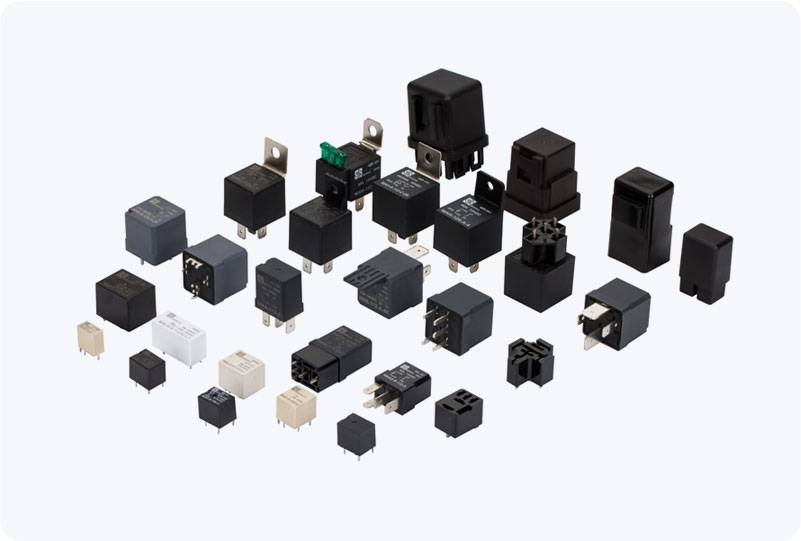automotive relay in extreme temperature: understanding the challenges and solutions
Release time:2025-08-10 03:27:52
Automotive relays are vital components in modern vehicles, responsible for controlling electrical circuits and systems. These relays serve as switches that manage everything from lighting to engine management systems. However, Automotive relays face significant challenges when exposed to extreme temperatures, both high and low. The performance, reliability, and lifespan of relays can be heavily influenced by environmental conditions. This article will explore the impacts of extreme temperatures on Automotive relays, as well as the design solutions that ensure their continued functionality in harsh conditions.

Impact of High Temperatures on Automotive Relays
Automotive relays often operate in environments where the temperature can fluctuate significantly. One of the most challenging conditions is exposure to high temperatures, especially in the engine compartment where heat levels can soar. High temperatures can have several negative effects on automotive relays:
Overheating and Failure of Contacts: The most common issue in high temperatures is the overheating of the relay's internal components. The contacts inside the relay can become excessively hot, causing them to weld or fuse together. This can lead to a situation where the relay remains in a permanently “on” state, even if the electrical signal that should turn it on or off has stopped. A stuck relay can cause a range of operational issues, from malfunctioning lights to failure of critical engine functions.

